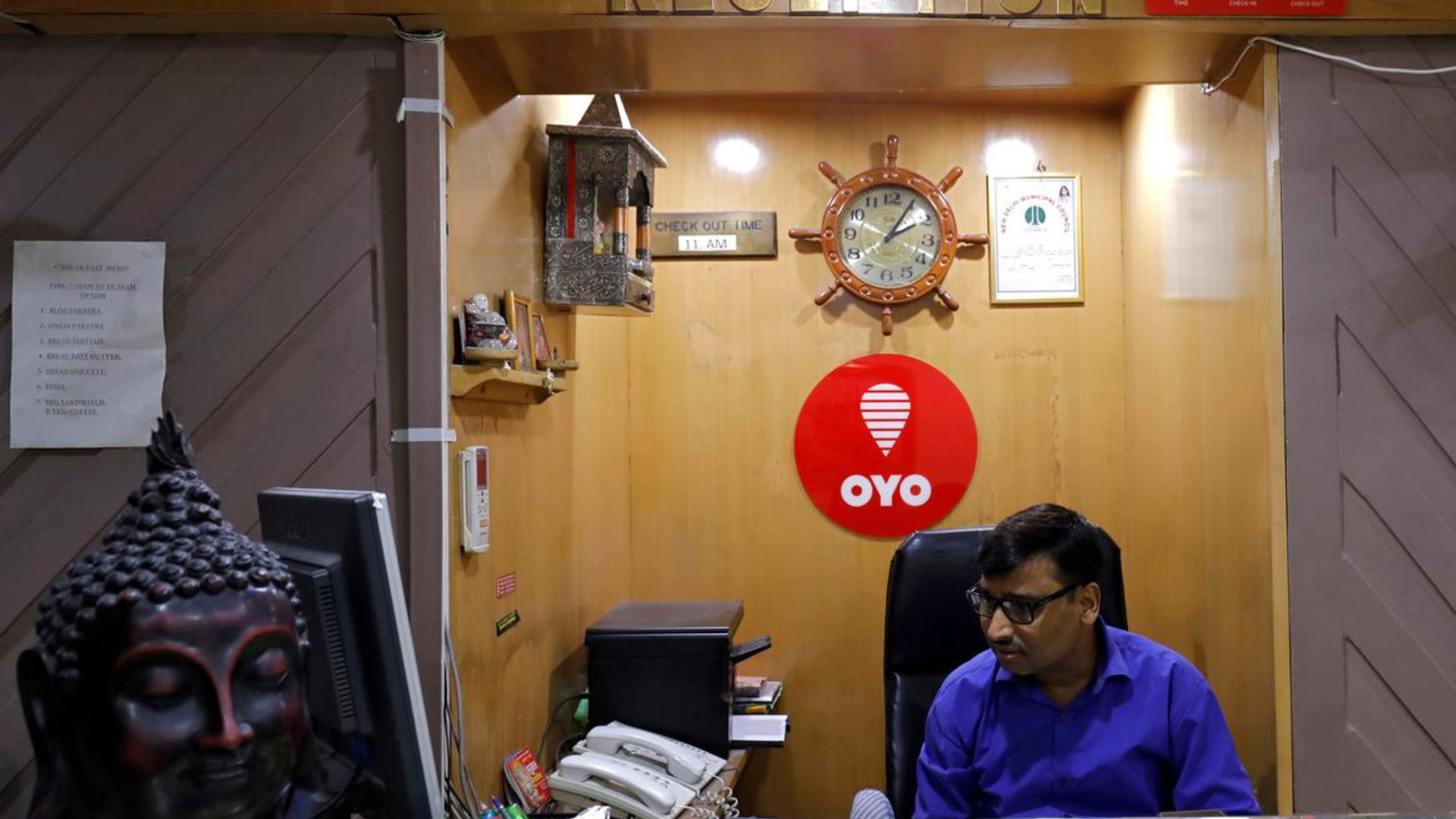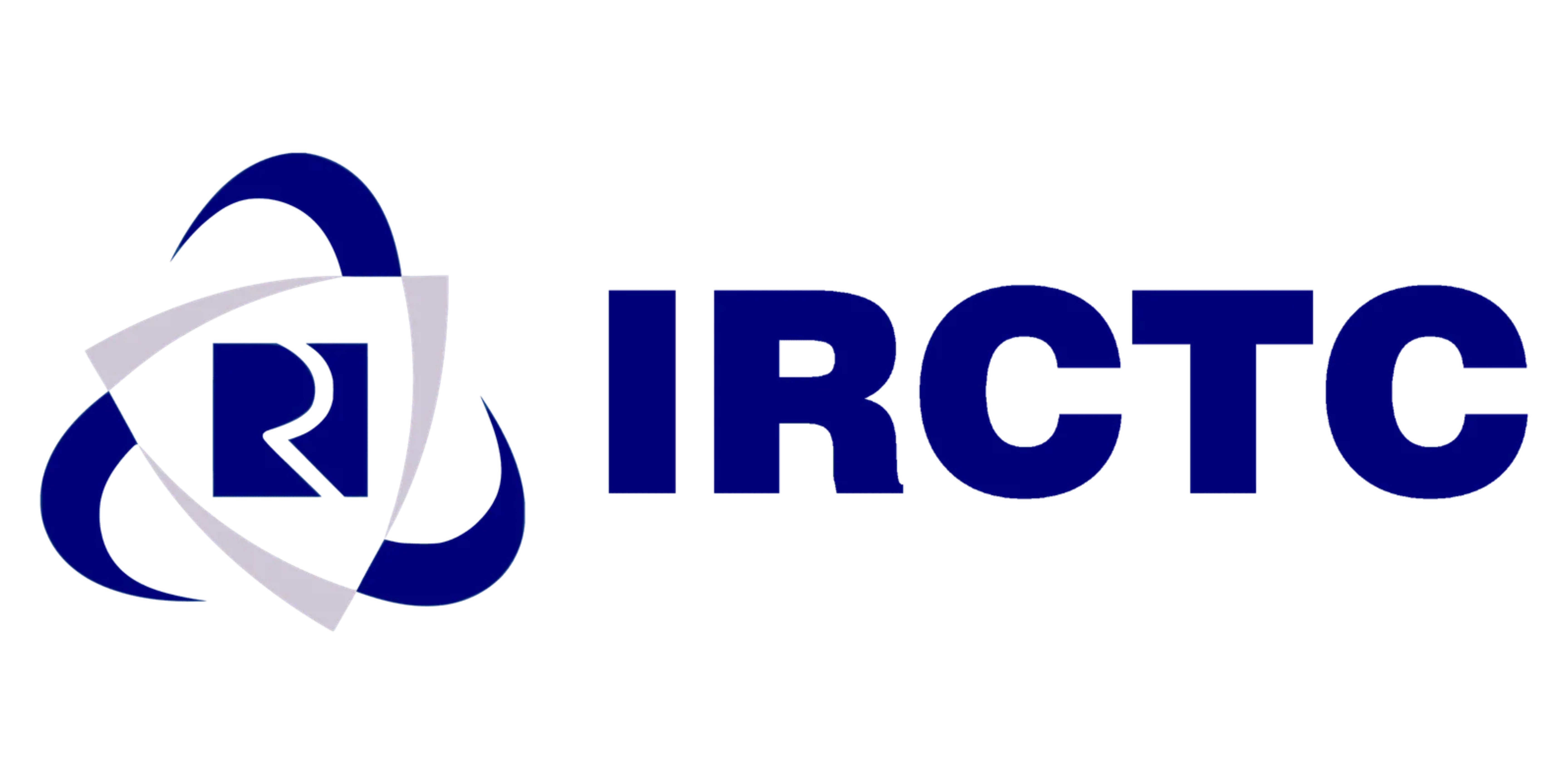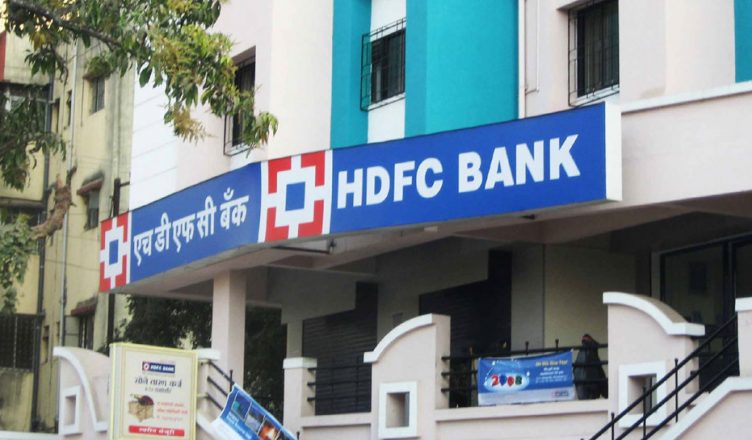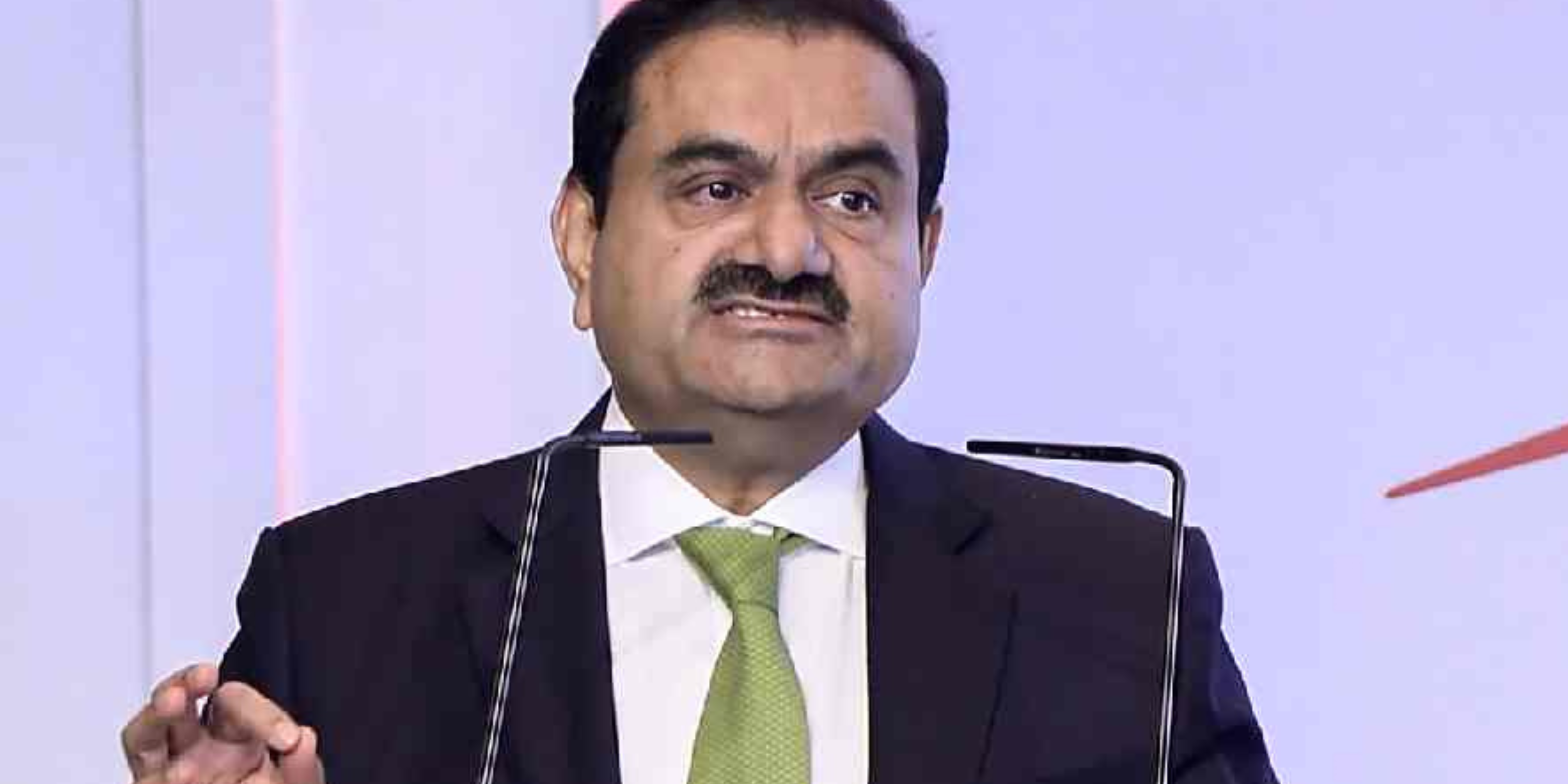Home / trending / GST Council’s Decision: Caramel Popcorn to Be Taxed More Than Namkeen
GST Council’s Decision: Caramel Popcorn to Be Taxed More Than Namkeen
By: My India Times
4 minutes read 5Updated At: 2024-12-23

December 23, 2024: In a recent clarification, the Goods and Services Tax (GST) Council announced that caramel popcorn, which contains added sugar, will face a higher tax rate compared to traditional namkeen (savory snacks). The move has sparked a range of discussions within the snack food industry and among consumers, as the government continues its efforts to fine-tune its tax structure for processed foods.
Why Caramel Popcorn Will Be Taxed Higher
The GST Council’s decision stems from the inclusion of added sugars in caramel popcorn, which classifies it as a sweetened product. The higher tax rate of 18% will apply to products containing significant amounts of sugar or syrup, such as caramel popcorn. In contrast, traditional namkeen, which is typically free from added sugar and made using simple ingredients like spices, salt, and grains, will continue to fall under a lower tax rate of 5%.
This clarification aims to make a distinction between sweet and savory snack foods and ensures that products containing added sugar, like caramel popcorn, are taxed accordingly. The government’s move reflects its concern about the growing consumption of sugar-laden processed foods, which has been linked to rising health concerns such as obesity and diabetes.
Impact on the Snack Industry and Consumers
The announcement is likely to bring a ripple effect across the snack food industry. For manufacturers of caramel popcorn, the increase in the tax rate could lead to higher production costs, which may result in an increase in the retail price of the product. While this price hike is expected, it remains to be seen whether it will significantly affect consumer demand for caramel popcorn, which has gained popularity as a treat in recent years.
However, experts believe that the loyal customer base of caramel popcorn may not be easily deterred by the price increase. Since many people consume it as an occasional indulgence—whether during movie nights, celebrations, or as a snack on the go—it is likely that demand will remain steady. On the other hand, consumers who are more price-sensitive may turn to alternative snacks, such as namkeen, which will continue to be more affordable.
Sweet vs. Savory: A Growing Debate in Food Classification
The distinction between sweet and savory snacks has become a major point of discussion in food taxation, especially as the market for processed foods grows. Sweetened snacks, including caramel popcorn, often use ingredients like sugar, syrup, or honey to enhance flavor, which increases their calorie count. These ingredients place such snacks in a different category compared to namkeen, which tends to be more nutritious and lower in sugar.
This differentiation is not just about tax rates; it reflects broader trends in the food industry, with a rising awareness about the health risks of excessive sugar consumption. The growing popularity of healthier snack alternatives and sugar-conscious diets has pushed governments worldwide to impose higher taxes on sugary products to curb their consumption and promote healthier eating habits.
Consumer Reactions and the Road Ahead
While caramel popcorn fans may feel the pinch of the higher tax rates, the long-term effects on consumer behavior remain to be seen. Will people start cutting back on indulgent snacks, or will the demand for sweetened products like caramel popcorn continue to rise, regardless of the price?
One factor that could influence consumer behavior is the increasing availability of healthier snack options in the market. Many brands are already exploring ways to offer caramel popcorn with lower sugar content or natural sweeteners, catering to health-conscious buyers. If such options become more mainstream, they may attract consumers who would otherwise be deterred by the price increase due to the higher GST rate.
Additionally, the government’s focus on promoting nutritional transparency in food products could lead to even more scrutiny of ingredients in snacks. This may eventually encourage manufacturers to reduce the sugar content in popular treats like caramel popcorn, potentially lowering both the tax burden and health concerns surrounding these snacks.
The Bigger Picture: Future Food Tax Reforms
This latest decision about caramel popcorn is part of a broader trend toward adjusting food taxation based on nutritional content. As more people shift toward healthier eating habits, governments worldwide are reassessing how food products should be classified and taxed.
In the future, we may see further refinements in food tax structures, with more emphasis on nutritional content, sustainability, and health impact. With the rise of plant-based, low-sugar, and organic alternatives, tax policies could evolve to encourage healthier food choices and address the global obesity epidemic.
Conclusion
The GST Council’s decision to apply a higher tax rate on caramel popcorn is a significant step in recognizing the growing importance of nutritional content in food classification. As the snack food industry grapples with these changes, both manufacturers and consumers will have to adjust to the new tax landscape. While the price of caramel popcorn may rise, its status as a beloved treat is unlikely to change in the immediate future. However, as consumer preferences shift toward healthier options, the snack industry may witness further changes in how sugary products are taxed and consumed in the coming years.
December 23, 2024: In a recent clarification, the Goods and Services Tax (GST) Council announced that caramel popcorn, which contains added sugar, will face a higher tax rate compared to traditional namkeen (savory snacks). The move has sparked a range of discussions within the snack food industry and among consumers, as the government continues its efforts to fine-tune its tax structure for processed foods.
Why Caramel Popcorn Will Be Taxed Higher
The GST Council’s decision stems from the inclusion of added sugars in caramel popcorn, which classifies it as a sweetened product. The higher tax rate of 18% will apply to products containing significant amounts of sugar or syrup, such as caramel popcorn. In contrast, traditional namkeen, which is typically free from added sugar and made using simple ingredients like spices, salt, and grains, will continue to fall under a lower tax rate of 5%.
This clarification aims to make a distinction between sweet and savory snack foods and ensures that products containing added sugar, like caramel popcorn, are taxed accordingly. The government’s move reflects its concern about the growing consumption of sugar-laden processed foods, which has been linked to rising health concerns such as obesity and diabetes.
Impact on the Snack Industry and Consumers
The announcement is likely to bring a ripple effect across the snack food industry. For manufacturers of caramel popcorn, the increase in the tax rate could lead to higher production costs, which may result in an increase in the retail price of the product. While this price hike is expected, it remains to be seen whether it will significantly affect consumer demand for caramel popcorn, which has gained popularity as a treat in recent years.
However, experts believe that the loyal customer base of caramel popcorn may not be easily deterred by the price increase. Since many people consume it as an occasional indulgence—whether during movie nights, celebrations, or as a snack on the go—it is likely that demand will remain steady. On the other hand, consumers who are more price-sensitive may turn to alternative snacks, such as namkeen, which will continue to be more affordable.
Sweet vs. Savory: A Growing Debate in Food Classification
The distinction between sweet and savory snacks has become a major point of discussion in food taxation, especially as the market for processed foods grows. Sweetened snacks, including caramel popcorn, often use ingredients like sugar, syrup, or honey to enhance flavor, which increases their calorie count. These ingredients place such snacks in a different category compared to namkeen, which tends to be more nutritious and lower in sugar.
This differentiation is not just about tax rates; it reflects broader trends in the food industry, with a rising awareness about the health risks of excessive sugar consumption. The growing popularity of healthier snack alternatives and sugar-conscious diets has pushed governments worldwide to impose higher taxes on sugary products to curb their consumption and promote healthier eating habits.
Consumer Reactions and the Road Ahead
While caramel popcorn fans may feel the pinch of the higher tax rates, the long-term effects on consumer behavior remain to be seen. Will people start cutting back on indulgent snacks, or will the demand for sweetened products like caramel popcorn continue to rise, regardless of the price?
One factor that could influence consumer behavior is the increasing availability of healthier snack options in the market. Many brands are already exploring ways to offer caramel popcorn with lower sugar content or natural sweeteners, catering to health-conscious buyers. If such options become more mainstream, they may attract consumers who would otherwise be deterred by the price increase due to the higher GST rate.
Additionally, the government’s focus on promoting nutritional transparency in food products could lead to even more scrutiny of ingredients in snacks. This may eventually encourage manufacturers to reduce the sugar content in popular treats like caramel popcorn, potentially lowering both the tax burden and health concerns surrounding these snacks.
The Bigger Picture: Future Food Tax Reforms
This latest decision about caramel popcorn is part of a broader trend toward adjusting food taxation based on nutritional content. As more people shift toward healthier eating habits, governments worldwide are reassessing how food products should be classified and taxed.
In the future, we may see further refinements in food tax structures, with more emphasis on nutritional content, sustainability, and health impact. With the rise of plant-based, low-sugar, and organic alternatives, tax policies could evolve to encourage healthier food choices and address the global obesity epidemic.
Conclusion
The GST Council’s decision to apply a higher tax rate on caramel popcorn is a significant step in recognizing the growing importance of nutritional content in food classification. As the snack food industry grapples with these changes, both manufacturers and consumers will have to adjust to the new tax landscape. While the price of caramel popcorn may rise, its status as a beloved treat is unlikely to change in the immediate future. However, as consumer preferences shift toward healthier options, the snack industry may witness further changes in how sugary products are taxed and consumed in the coming years.
By: My India Times
Updated At: 2024-12-23
Tags: trending News | My India Times News | Trending News | Travel News
Join our WhatsApp Channel


































.jfif)









.jpg)





























































.png)
 (1).png)























